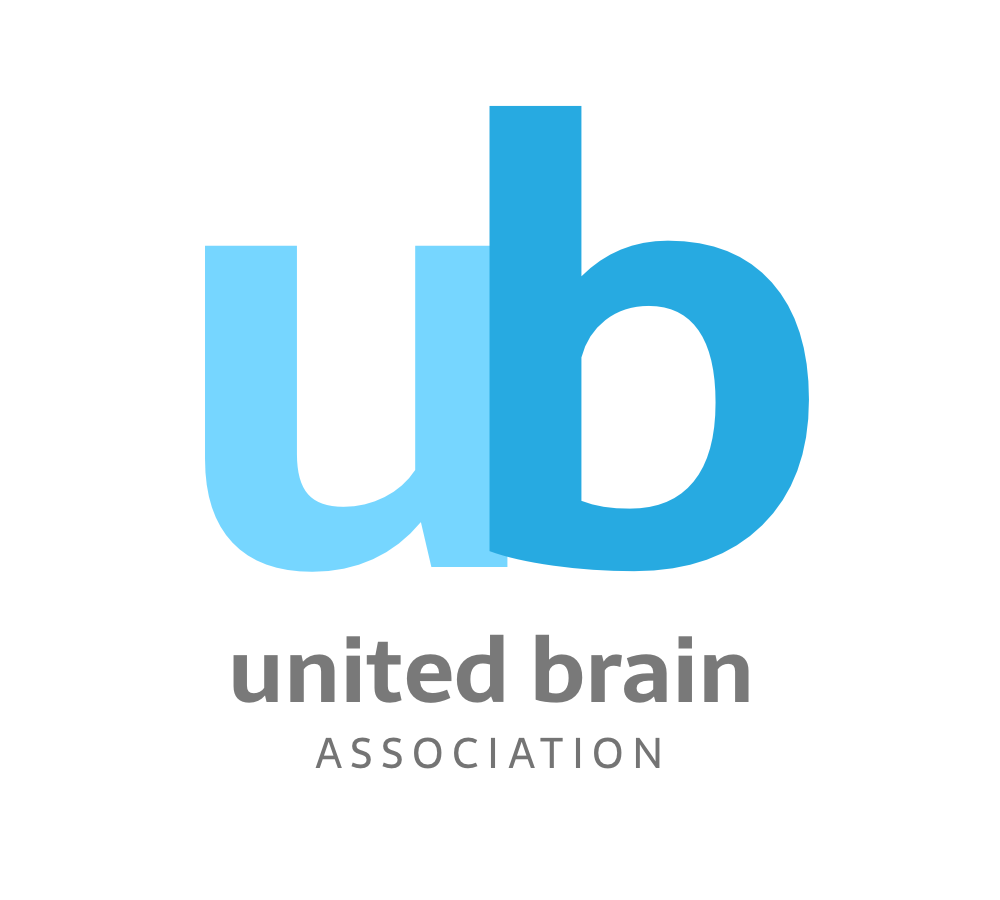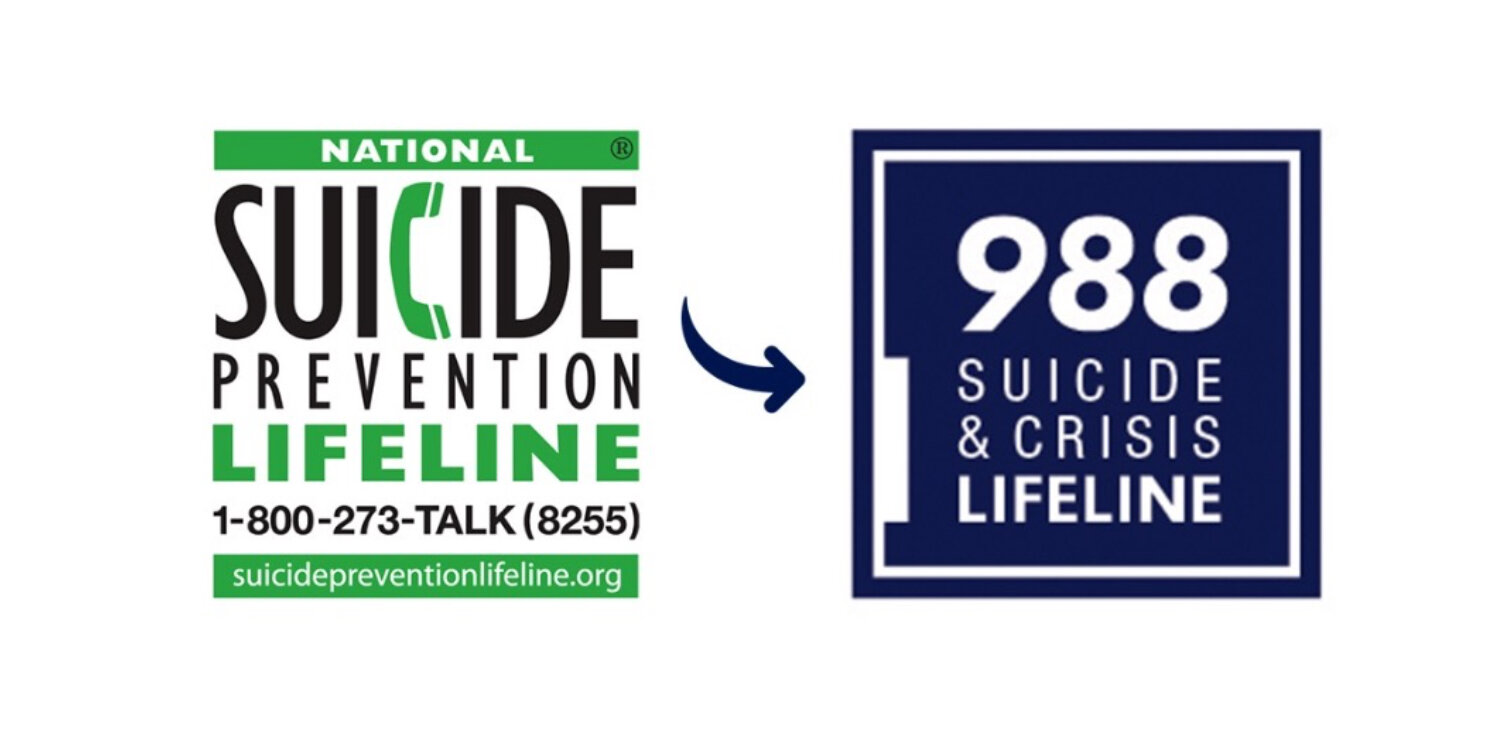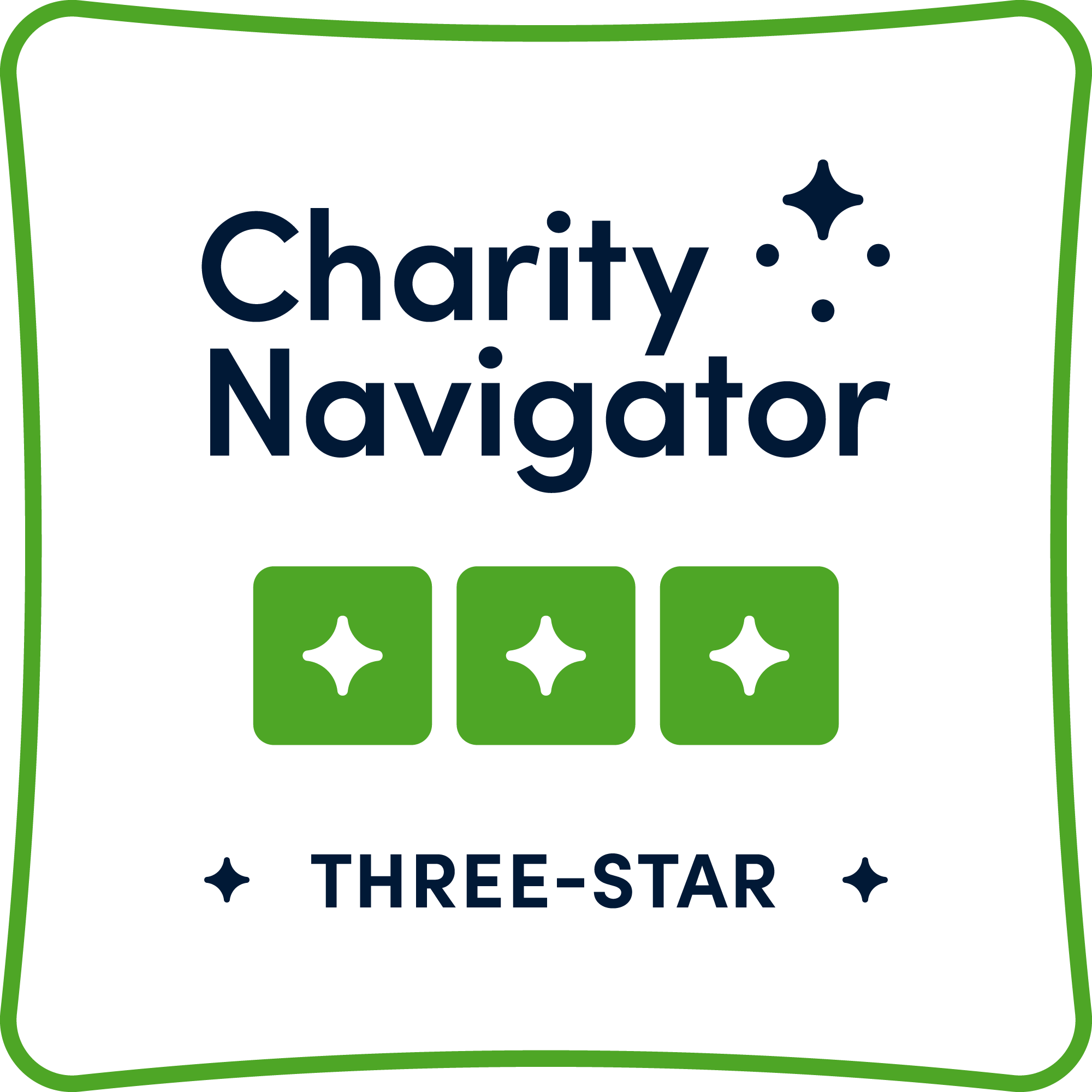CARASIL Fast Facts
CARASIL is a rare genetic disorder that causes damage to small blood vessels, leading to progressive brain-related symptoms.
The most common symptoms of CARASIL include movement problems, strokes, hair loss, back pain, memory loss, and dementia.
CARASIL’s age of onset varies, but it commonly emerges in young adulthood.
Some strokes associated with CARASIL may be so small that they go unnoticed, but the brain damage they cause accumulates with each stroke, eventually resulting in dementia.

CARASIL’s age of onset varies, but it commonly emerges in young adulthood.
What is CARASIL?
Cerebral autosomal recessive arteriopathy with subcortical infarcts and leukoencephalopathy (CARASIL) is a genetic condition that causes damage to small blood vessels throughout the body. Blood vessels in the brain are affected, and damage to these blood vessels causes brain-related symptoms that worsen over time. Most people with the condition experience a series of small strokes that result in progressive brain damage. The strokes cause a loss of blood flow to the brain, resulting in damage to and death of brain cells. This progressive damage ultimately produces neurological symptoms, including dementia.
Dementia is a general term for brain function changes resulting in problems with memory, thought processes, and behavior. The term describes a cluster of symptoms that may be caused by several different diseases or disorders, as well as injuries or other neurological events such as strokes.
The strokes caused by CARASIL are sometimes so mild that they do not cause noticeable symptoms when they occur. Doctors sometimes call these events “silent strokes.” However, the damage caused by the strokes is cumulative and eventually causes dementia symptoms.
Symptoms of CARASIL
CARASIL symptoms most commonly begin in early adulthood, often when the patient is in their 20s or 30s. Common symptoms include:
- Recurrent strokes
- Changes in a type of brain tissue called white matter (leukoencephalopathy)
- Premature hair loss
- Lower back pain
- Muscle stiffness and movement problems
- Slurred speech
- Difficulty swallowing
- Loss of bladder control
- Problems with concentration, memory, or problem-solving
- Apathy
- Dementia
Dementia often causes changes in behavior, including:
- Depression or anxiety
- Hallucinations, delusions, or paranoia
- Frustration or extreme agitation
- Inappropriate or irrational behavior
Difference from CADASIL
CARASIL is related to another inherited disease called cerebral autosomal dominant arteriopathy with subcortical infarcts and leukoencephalopathy (CADASIL). Although the names of the diseases suggest they are similar, the two disorders are caused by different genetic defects and can vary in their symptoms and age of onset. Some characteristic signs, such as premature hair loss, may allow a doctor to differentiate CARASIL from CADASIL without genetic testing.
What Causes CARASIL?
CARASIL is caused by an abnormal change (mutation) in a gene responsible for producing an enzyme called HTRA1. This enzyme plays a vital role in the formation of small blood vessels, and the mutation results in a deficiency of the essential enzyme. As a result, the cells slowly die, and when this happens in the brain, the symptoms of CARASIL develop.
Is CARASIL Hereditary?
CARASIL is inherited in an autosomal recessive pattern. This means a child must inherit two copies of the gene mutation, one from each parent, to develop the disorder. People with only one copy of the mutated gene will not develop CARASIL but will be carriers who can pass the mutation on to their children. Two carrier parents have a 25 percent chance of having a child with the CARASIL with each pregnancy. Half of their pregnancies will produce a carrier, and a quarter will produce a child without mutated genes.
CARASIL and CADASIL vary in their inheritance pattern. In most cases, CADASIL is passed from parent to child when the parent carries a disease-causing gene mutation in the NOTCH3 gene. The disease is inherited in an autosomal dominant pattern, meaning that children may develop the disorder if they inherit even one copy of the mutated gene from either of their parents. If a parent carries the disorder-causing mutation, they will have a 50 percent chance of having an affected child with each pregnancy.
How Is CARASIL Detected?
Although some strokes associated with CARASIL may be mild, a stroke is a potentially life-threatening event that requires emergency medical attention. Brief episodes of numbness, weakness, or vision loss are urgent warning signs of a stroke. A transient ischemic attack (TIA)—a “mini-stroke”—often precedes a more serious cardiovascular event.
The acronym FAST is a reminder to take symptoms seriously. Each letter in the word stands for one of the things to watch for if a stroke is suspected:
Face: Sudden weakness or drooping of the face and/or visual problems
Arm: Sudden weakness or numbness of one or both arms
Speech: Difficulty speaking and/or slurred speech
Time: Time saves the brain. The sooner treatment begins, the better the chances are for recovery. Dial 9-1-1 to call an ambulance right away.
How Is CARASIL Diagnosed?
To pinpoint the cause of a patient’s symptoms, doctors look for a pattern of symptoms, risk factors, and family history. The diagnostic process typically includes physical examinations, tests, a review of medical and family history, and, often, information gathered from caregivers or loved ones. Some of the diagnostic procedures may be used to differentiate CARASIL from other disorders that can have similar symptoms, including multiple sclerosis and Alzheimer’s disease.
Diagnostic steps may include:
- A physical exam. This exam aims to rule out specific physical conditions that could be causing the symptoms.
- Cognitive tests. These tests aim to measure the patient’s ability to think clearly, and they target cognitive functions such as memory, reasoning, language, attention, and orientation.
- Neurological tests. These tests measure the function of the patient’s nervous system. They evaluate functions such as balance, reflexes, memory, visual perception, and language.
- Brain scans. These tests, such as MRIs, CTs, and PET scans, look for changes in the patient’s brain.
- Genetic testing. These tests will look for the HTRA1 mutation. Genetic testing is the most reliable way to distinguish CARASIL from similar disorders.
How Is CARASIL Treated?
CARASIL is not curable. No treatments have yet proven effective at slowing the disorder’s progression or reversing symptoms. Treatments focus on moderating CARASIL symptoms and improving quality of life as the disease progresses.
Non-Drug Therapies
Non-drug therapies for treating dementia typically focus on making the sufferer’s environment as safe, comforting, and supportive as possible. For example, occupational therapy can be used to learn how to cope with the symptoms and progression of dementia, and modifications to the environment, such as increasing organization and decreasing distractions, can help the sufferer stay safe and calm.
How Does CARASIL Progress?
CARASIL usually begins in young adulthood, and symptoms steadily worsen over time. Most people with the disease develop significant mobility problems and symptoms involving mood and behavior changes.
Dementia associated with CARASIL usually progresses slowly, but some cases progress quickly. Most people with the disease will experience cognitive decline or significant dementia within a few years. Eventually, many people with the disease lose the ability to care for themselves or live independently. The condition is typically fatal within 10 years after the beginning of symptoms.
How Is CARASIL Prevented?
There is no known way to prevent CARASIL. People with a family history of the disease should consult with a genetic counselor to assess their risk if they plan to have children.
CARASIL Caregiver Tips
Caring for someone with dementia is one of the most challenging responsibilities that any caregiver can face. Most caregivers are family members or loved ones. They are unprepared and untrained for the extremely difficult job of keeping the sufferer safe and as comfortable as possible as the disease progresses. If you’re responsible for taking care of a person living with dementia, keep these tips in mind:
- Learn as much as possible about the specific type of dementia to better understand what you’re facing now and what you’re likely to face as the disorder progresses.
- Be as involved as possible with the sufferer’s medical care so that you can ask questions of doctors and other healthcare professionals.
- Don’t hesitate to ask for help from other family members or friends.
- Take advantage of support services in your community, such as respite care, if they’re available.
- Don’t feel guilty when frustrated or angry with the sufferer.
- Take time for yourself whenever possible, and don’t neglect your own emotional and physical needs.
- Find a support group for caregivers.
CARASIL Brain Science
The brain is the most blood-hungry organ in the body, with a constant need for oxygen and other nutrients delivered via the bloodstream. When starved of blood, the fragile brain is vulnerable to damage ranging from speech difficulties to paralysis. One in four patients dies from their stroke during the first several days or weeks. In the case of CARASIL, however, the strokes are not fatal, and damage to the brain is progressive.
CARASIL Research
Title: Neurologic Stem Cell Treatment Study (NEST)
Stage: Recruiting
Principal investigator: Jeffrey Weiss, MD
MD Stem Cells
Coral Springs, FL
This is a human clinical study involving the isolation of autologous bone marrow-derived stem cells (BMSC) and transfer to the vascular system and inferior 1/3 of the nasal passages to determine if such treatment will improve neurologic function for patients with certain neurologic conditions.
Various clinical studies have registered with the National Institutes of Health (NIH) to study neurologic diseases and damage. There have also been several journal reports of the benefits of treatment with BMSC for diseases and damage to nervous tissue. The investigators hope to add to the volume of literature regarding the use of BMSC in those neurologic diseases and conditions identified as likely to respond to this treatment.
Intravenous administration of BMSC is a well-established approach to neurologic disease and injury, with much support for its effectiveness in the pre-clinical and clinical literature. BMSC and the associated bone marrow fraction are posited to have several different mechanisms by which they may potentially improve neurologic function. In regards to their ability to penetrate the blood-brain barrier for potential neuronal transdifferentiation and direct impact on the neurons and glial tissue within the brain, it should be remembered that within the diencephalon there are specific circumventricular organs that lie in the wall of the third ventricle. These are noteworthy for a significantly diminished blood-brain barrier and glial limitans, which facilitates their function of coordinating homeostatic mechanisms of the endocrine and nervous systems. Therefore the investigators believe the entry of BMSC may be facilitated in this area of the brain.
The NEST Study provides a treatment Arm 1 which combines intravenous BMSC with topical application of BMSC to the lower 1/3 of the nasal passages as a means of introducing BMSC to the Central Nervous System (CNS). This is applied bilaterally to the inferior nasal conchas and meatuses. The Trigeminal Nerve, or 5th Cranial Nerve, is a paired, large sensory and motor nerve with multiple branches. It provides sensation to the surface and interior structures of the face, including the nasal mucosa that lines the nose. The nerves of the Trigeminal Nerve providing sensation to this area converge and enter the brain at the level of the pons. There is documentation in the scientific literature that intranasal delivery of BMSC allows the BMSC to follow the pathways of the trigeminal nerve, facilitating entry into the parenchyma and cerebral spinal fluid (CSF) for effects on the CNS.
Title: Retina is a Marker for Cerebrovascular Heath
Stage: Recruiting
Principal investigator: Michelle Lin, MD, MPH
Mayo Clinic in Florida
Jacksonville, FL
Cerebral small vessel disease (SVD), present in 80-94% of adults over age 65 years, increases the risk of stroke by 2-fold, and dementia by 2.3-fold. There is currently no treatment to slow SVD progression. This study aims to test whether impaired cerebral and retinal vasoreactivity may serve as a biomarker for SVD progression and to evaluate the safety and efficacy of cilostazol (an antiplatelet agent with vasodilatory and anti-inflammatory properties) for the treatment of SVD.
This is a prospective, observational nested pilot randomized controlled study to discover retinal biomarkers that would predict cerebral small vessel disease progression and evaluate the safety/efficacy of cilostazols in slowing SVD progression. Twenty CADASIL, 40 sWMD, 20 lobar CMB, and 20 age-matched healthy controls from the Mayo Clinic Florida Familial Cerebrovascular Disease Registry and neurology clinic will be recruited. All participants will undergo OCTA retinal scan, MRI-BOLD brain scan, cognitive battery evaluation, and blood sample at baseline and a 12-month follow-up visit. Key outcome measures are RVR, CVR, cognition, WMH volume, and CMB volume. The 40 patients diagnosed in the course of routine clinical care with sWMD will be randomized in a 1:1 ratio to receive cilostazol 100mg bid (or 50 mg bid if taking medications known to affect the metabolism of cilostazol) or no cilostazol and followed for WMD progression, and secondarily for changes in cognition, RVR, and CVR.
Title: Natural History Study of CADASIL
Stage: Recruiting
Principal investigator: Manfred Boehm, MD
National Institutes of Health Clinical Center
Bethesda, MD
CADASIL (cerebral autosomal dominant arteriopathy with subcortical infarct and leukoencephalopathy) is a genetic disorder. It causes the narrowing of the small blood vessels and can lead to strokes and dementia. Researchers want to monitor people with CADASIL over time.
This is a disease discovery/natural history protocol. We will enroll 100 CADASIL subjects to perform in-depth prospective and retrospective evaluations for research purposes. Some evaluations will be compared to healthy controls.
Primary Objective: This study will examine the pathogenesis and progression of CADASIL through comprehensive evaluations and molecular studies on biospecimens collected from affected individuals.
Secondary Objective: Comprehensive evaluations will be used to investigate the variability of the genotype and clinical phenotype of CADASIL during the study period.
Exploratory Objective: Healthy controls may be used to compare some of the research testing where data on normal values is lacking. Healthy controls will not be used to establish normal range values but for qualitative comparison with the CADASIL population.
You Are Not Alone
For you or a loved one to be diagnosed with a brain or mental health-related illness or disorder is overwhelming, and leads to a quest for support and answers to important questions. UBA has built a safe, caring and compassionate community for you to share your journey, connect with others in similar situations, learn about breakthroughs, and to simply find comfort.

Make a Donation, Make a Difference
We have a close relationship with researchers working on an array of brain and mental health-related issues and disorders. We keep abreast with cutting-edge research projects and fund those with the greatest insight and promise. Please donate generously today; help make a difference for your loved ones, now and in their future.
The United Brain Association – No Mind Left Behind




